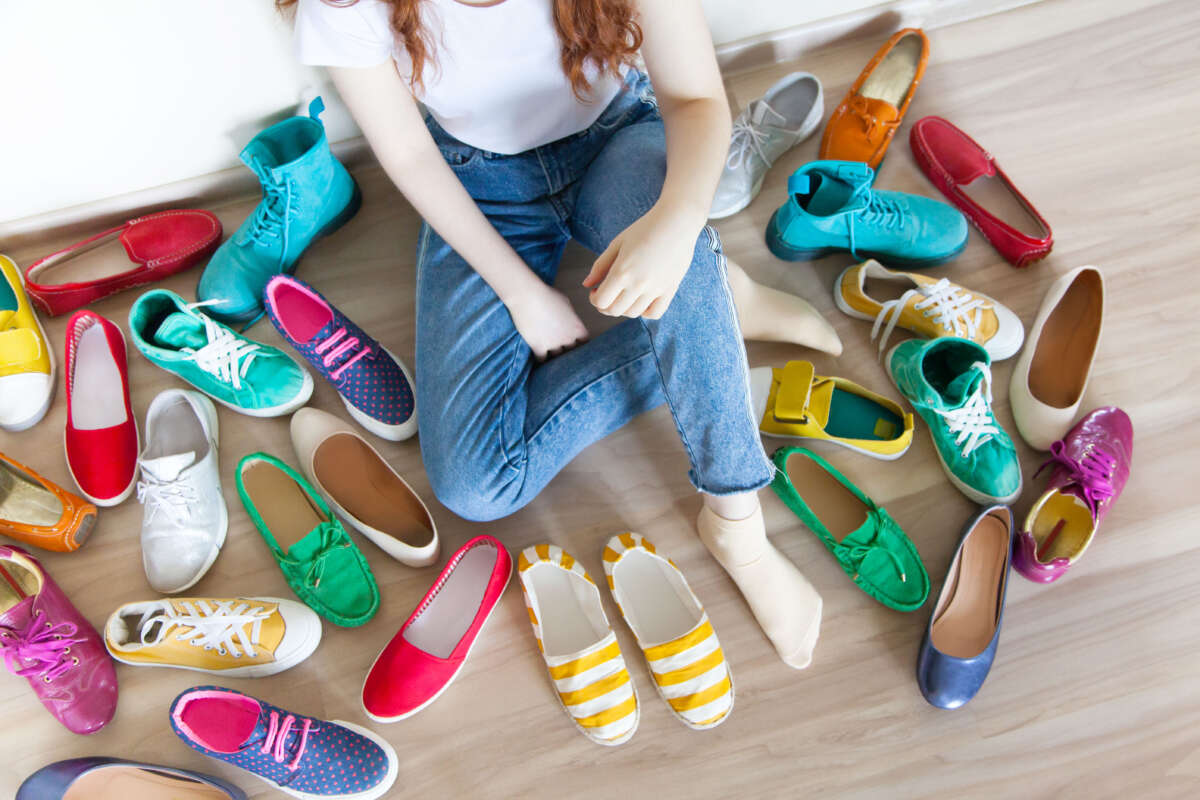There are a variety of shoe styles to pick from. While some are tempting for their trendy appearance, they are not always beneficial for the foot, or for the body in general, and can even be the source of a variety of problems.
High heels, flats, heavy shoes, and sneakers: in this article, we explain why wearing specific types of shoes on a regular basis is not advised.
Shoes to avoid: high heels
The high heel, despite its timeless elegance, is a true strain on the body. Because it is less sturdy than a regular shoe, it increases the risk of sprains and falls. Hallux valgus, corns and other abnormalities can result from the heel being perched and the tip of the foot being squashed in the front. It is also possible that it is to blame for osteoarthritis in the knees, hips, and spine.
The high heel also is the worst for the skeleton, especially the back, because it alters the body’s natural position. This position will cause lumbar discomfort, back deformity, and poor pelvic, head, and rib cage placement over time.
If you insist on keeping this sort of shoe, alternate it as much as possible with more suited and comfortable shoes, especially if you must walk for lengthy periods of time.
Shoes to avoid: flat shoes
Moccasins, ballerinas, sandals, slippers, and other similar footwear are flat shoes and are another type of footwear that should be avoided. They are very popular in the summer, but they can create a variety of issues. Foot and back pain, Achilles tendon inflammation, plantar fasciitis, toe deformity, corns, and hallux valgus are all possible side effects.
Furthermore, because they absorb stress less efficiently when walking on pavement, they might cause pelvic and neck pain over time.
You should avoid ultra-flat shoes in favor of models with a little heel (1 to 3 cm).
Shoes to avoid: heavy shoes
Weighted models are likewise to be avoided because they are heavier than traditional shoes. They have more bad than good features and are not suggested by podiatrists. They are used to burn calories rapidly and increase muscle mass. Body weariness, microtrauma, injuries, and stress on joints, tendons, and muscles can all be caused by these “heavy” shoes.
Weighted shoes also have the distinct feature of being extremely inflexible, making walking painful and facilitating the development of corns, blisters, and other foot problems.
Shoes to avoid: soft shoes
Soft shoes are designed to feel like slippers, as the name implies. As a result, wearing them all the time is not a good idea, or you will experience the repercussions.
These shoes are fashionable and comfy, but they can cause a slew of issues, including arch collapse, toe deformity, and foot, knee, and back pain. Furthermore, shoes that are overly soft and worn on a regular basis might increase the risk of tendinitis, as well as fungus if the material is synthetic and there is considerable sweat.
A guide to choosing the right shoes
Which shoes should you pick if the shoes indicated above are to be avoided, or at least not worn all the time?
- The first thing to do is to choose the right size, both in length and width. In addition, their shape must also correspond to your morphology. If you wear foot orthotics, remember to take them with you;
- When you try on the shoes, make sure that your foot is comfortable while remaining properly supported. They should be neither too rigid nor too flexible;
- Finally, choose shoes that are appropriate for the season and for your intended use.
Choosing the correct shoes is critical for your feet’s health
Although aesthetics are important, they are not the most crucial factor to consider when purchasing shoes. In order to avoid accidents, pain, and the development of diseases, shoes must be tailored to your feet and morphology. Wearing decent shoes and changing up the kind of shoes you wear will help to keep your feet healthy.
If you have a specific ailment, arrange an appointment with one of the FootNetwork podiatrists for personalized shoe guidance.

